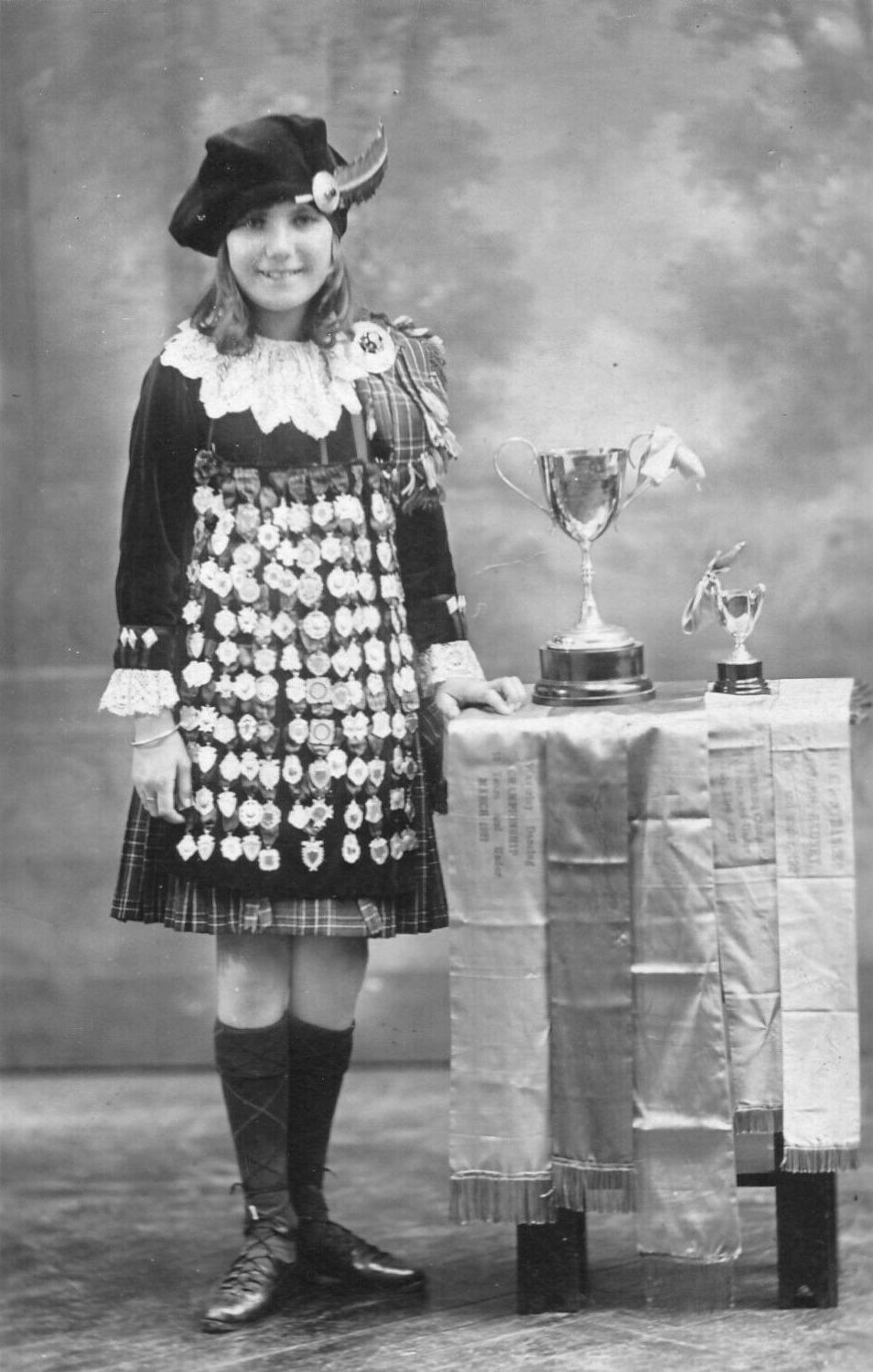
Figure 1.-- Hee we see a very talented Australian Highland danceun Woolongong, we think in the 1920s. Woolongong is a coastal town near Sydney in New South Wales. 1930s. |

|
Australia was discivered by Dutch navigator Willem Janszoon (1606). Of coirse in our PC evironment we are sispsped to say thsat Sbtriginies discovered Australia, but tghey were a oreliterate peopole abd didnot commuicate with the rest of the world. Millennia later .Janszoon landed on the western coast of Austrslia. Abd soob fter Spanish explorer Luís Vaz de Torres navigated through what is now called Torres Strait separating Ausdtralia and New Zealand. Thery noted it and Europens for nearly two centuries ignored Australia -- until Lt. James Cook and Endevor arrived at Botony Bay (1770). Of course Cook was a Royal Navy commander, less well known is that Cook was himself the son of a Scottish ploughman. So we begin to see Scottish names appearing in the South Pacific: New Caledonia and the New Hebrides. Cook's reports led to the arrival of British settlers, including Scotts (1788). Convict transport were an imprtant part of populating Australia. The majority of Scots arriving in Australia were at first convicts, but a reltively small percentage of the total. The British tranported 150,000 convicts, but only 8,200 were Scotts--5 percent. Scottish courts were less severe than English and Irish courts and less frequently ordered deportations. Nost of the deportees were working-class men who arrived with a range of skills which proved vluable in building the colony.
This is important when you consider that Scotland was such a small country with a small population. A factor of course whas British policies suppressing the Scottish people after the Jcobian revolt (1745) --especiallty The Clearances. A major figure in Australian history is Lachlan Macquarie, sometines labeled the Father of Australia. He was the fifth governor of New South Wales. Macquarie was born on the Isle of Mull, in Scottish Inner Hebrides. He pursued in he British Army. New South Wales was still a penal colony ..He is rembered for adopting a policy of rehabilitation. In addition o the convict traspports were 'assisdted immograts' who arrived in chrtered ships .(1832-71). They had theur voyage subsidised bcause workers were so badly needed. Scottish immigration continued into the 20th century. Most of the Scottish-Austrlians live in Victoria and New South Wales. Because of the working-class background of many Australian they primarily settled in industrial portside suburbs, meaning Melbourne and Sydney. Scottish workers had a significant influence on the Ausralian labor movement.
Today, a strong cultural Scottish presence is evident in the Highland games, dance, Tartan day celebrations, Clan and Gaelic speaking societies found throughout modern Australia. Eventually Scotts would come to make up nearly 10 percent of the Asustralian population, the fourth most important ethnic group. These numbers have increased innrecent yers, nit becuase if acryal immigratiin, but because of increasing interest in etnthnic origins.
Navigate the Boys' Historical Clothing Web Site:
[Return to the Main Australian ethnicity page]
[Introduction]
[Activities]
[Biographies]
[Chronology]
[Clothing styles]
[Country]
[Bibliographies]
[Contributions]
[FAQs]
[Glossaries]
[Images]
[Links]
[Registration]
[Tools]
[Boys' Clothing Home]
Navigate the Boys' Historical Clothing Australian pages
[Australian choirs]
[Autralian movies]
[Australian orphanage clothing]
[Australian school uniform]
[Australian television]
[Australian youth groups]
Navigate the Boys' Historical Clothing Web Site:
[Return to the Main Australian page]
[Return to the Main country page]
[Canada]
[England]
[France]
[Germany]
[Ireland]
[Italy]
[New Zealand]
[Scotland]
[United States]
